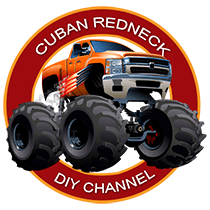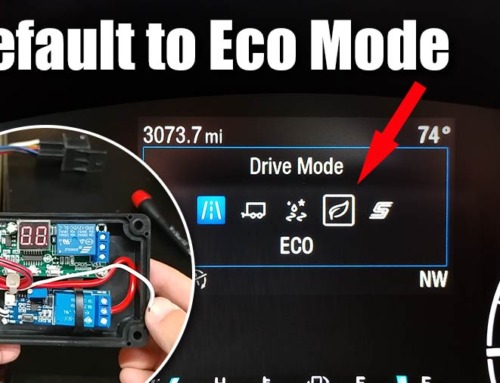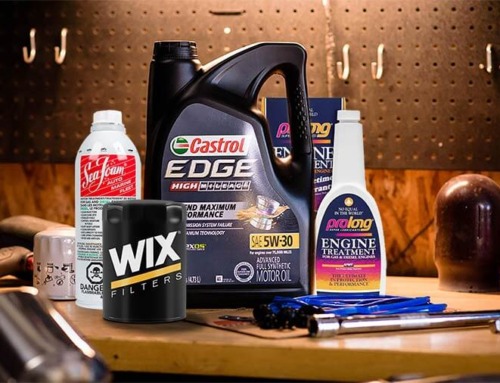Hello Cuban Redneck followers. Although the channel is approaching the 2500 subscribe mark, it feels like we just got this thing started last week. I say that because I have so many ideas and content to bring you that I have no idea what to do with myself! If only I had the time to make 3 or 4 videos every week! I know that some people do that, and kudos to them because it is a lot of work. I guess that once we get the woodworking shop all sorted out, things may go a little bit smoother. As of now, I am still building tools, jigs, and assets for my woodworking space. Whenever I think of a DIY project and start to analyze what’s needed, I realize that I don’t have this, that, or the other. Today’s project is one of those.
I am looking forward to doing a few woodworking projects for the house. Given the cost of wood nowadays, there’s a good possibility that I may use veneer, MDF, plywood, or some other type of composite. To do this table saw zero clearance insert is highly desirable. Aside from that, several people contacted me via social media after the table saw stand video, asking if I had found or made a table saw zero clearance insert for my General International table saw. The answer to the is no! As I mentioned in the video, it would be little financial sense for a company to deploy R&D time and effort into designing a $30~35 accessory for a $100 table saw that is so inaccurate out of the box to the point that it is very close to useless.
However, making a table saw zero clearance insert regardless of the cost of your saw is always a good idea. This is a matter of safety and not necessarily a luxury. Making a table saw zero clearance insert for a YET, Delta, or even a Craftsman table saw is pretty straightforward. On the other hand, making a table saw zero clearance insert for a cheap entry-level mini or contractor saw like my General International, a Ryobi, DeWalt, of WEN is a different issue altogether.
The biggest issue is that most of these saws have a clip-on, not a screw-in place OEM throat insert plate. That means that you have to build an insert the attaches to this plate rather than replacing it. My TS-4100 has two treaded provisions that appear to be a dado stack or something like that. The issue with using this provision is that the relief on the deck is only about .070 inch. In other words, it would have to be made out of metal.
Making a DIY Table Saw Zero Clearance Insert
Making this table saw zero clearance insert is no big deal if you wrap your head around the concept. We are not replacing the OEM throat insert plate, and all we are doing is adding an insert to it. There is a little trick to this. For one, there are ridges on the plate for stiffness, and you also have to compensate for the offset the OEM plate has to one side.
For my General International TS-4100 zero clearance insert, I chose to make it out of an $8 cutting board from Sam’s Club made from high-density polypropylene (HDPE). I know you who are into woodworking may opt for something like Mahogany, Purpleheart, or Teak but trust me when I say you are better of with PVC board, MDF, Phenolic, or HDPE.
The distance to the center of two ridges on my OEM throat plate is about two inches, and the opening is .525. So, we need to make a jig that would allow us to run the HDPE strip, thought the saw! It does not have to be pretty, just functional. I attached a scrap piece of 2X2 to a piece of ½ MDF, and that was it. Sanded all the edges smooth and attached my polypropylene piece to it using #6 X 1.5-inch screws. #4 X 1~1.250 would have been a better choice, but I didn’t have any.
On the first pass, we need to make a .070-inch wide relief that’s .550 deep. Or should I say tall! Since the piece is standing on its side. For the second and third passes, we need to lower the blade to .250. Since the saw blade is only .125, we must make two passes to remove the required .250. We are then going to polypropylene flip the polypropylene piece on the jig to do the other side. Once again, we will start with a .70-inch pass – this time .900 tall, followed by pass five and six also at .250 deep and .250 wide. Try your piece for fit, and you are good to go.
After cutting the polypropylene piece to the length, I mounted it to the OEM throat plate with #4X.250-inch flat head screws. I started by pre-drilling eight holes on the OEM throat plate on the drill press, and I countersank them with a carbide tool. All the screws were mounted with a screwdriver, not a drill, to avoid stripping them. It would be very easy to strip these little guys using a drill. With that done, all we have to do is cut our gap. To do that. Lower your blade as far as it will go. Install your zero clearance insert, turn the saw on, and bring your blade up slowly. I recommend doing this two or three times before using it, but one time will do in most cases!
I hope this video was helpful. I am still trying to find a direction with the channel. Not 100% sure if I should do more working stuff, more hacks and tips, or get heavy into lure making and or mechanics. Your suggestion carry a lot of weight, so please feel free to comment. Thank you!





